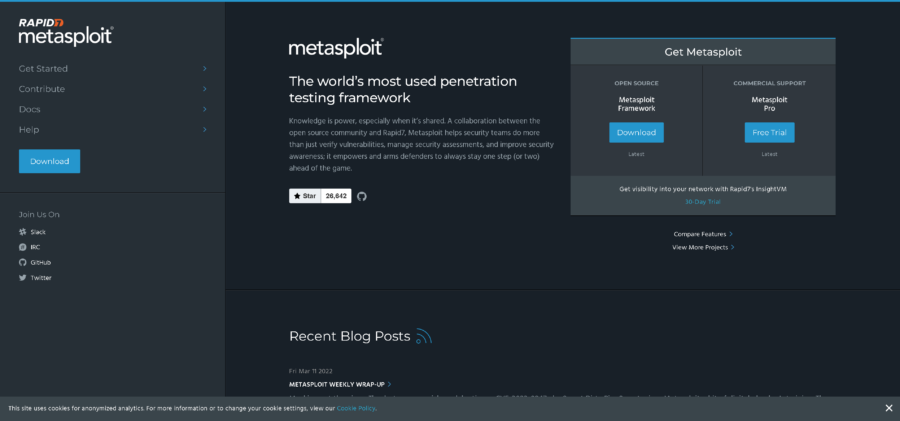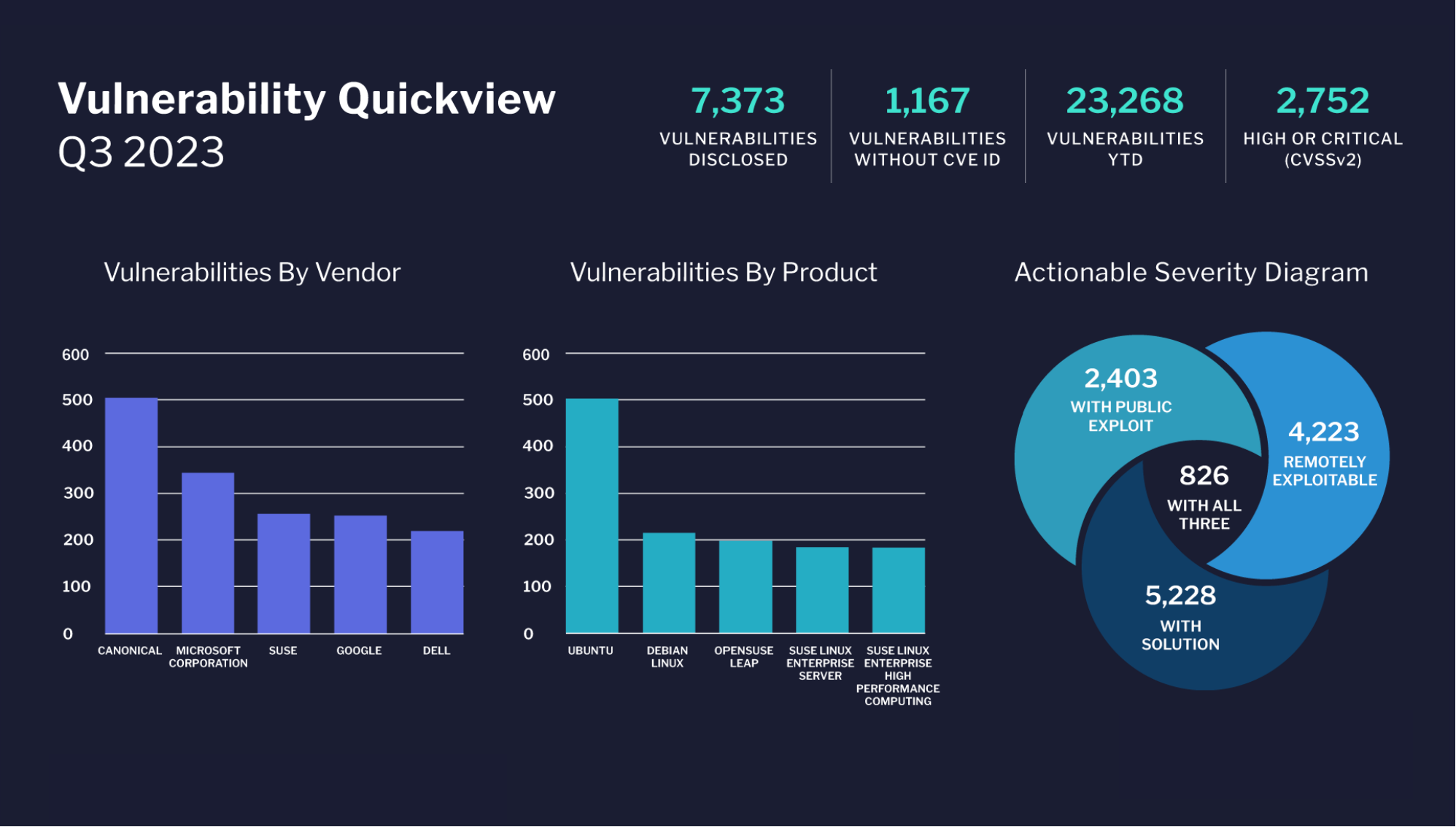Over the past four months, countless businesses and universities have scrambled to the cloud to enable their employees and students to work remotely during the global coronavirus pandemic. Managed service providers (MSPs) and IT service providers have been busy spinning up cloud tenants to quickly address urgent needs– often for individual groups or divisions within a larger organization and without an organization-wide cloud enablement plan in place. As a result, many organizations have found themselves with an excess of multi-tenant environments or public and private cloud resources to manage, resulting in a less-than-optimal cloud footprint.
As businesses and universities start to settle into the new normal of remote operations, they are beginning to look for opportunities to streamline operations and take fuller advantage of what the cloud has to offer. Consolidating multi-tenant environments can enable them to make their cloud solutions work more efficiently, improving security, collaboration and overall cost management.
Maintaining multi-tenant environments is more complex for IT to manage, requiring more resources and driving up IT costs. To complete even simple IT tasks for end users, they must first figure out which cloud tenant the user is operating in before executing the work or they may have to pull data from multiple tenants. Maintaining proper security and compliance across multi-tenant environments is an additional challenge. For example, organizations in the finance and health care sectors must follow strict guidelines to stay compliant with regulations. Organizations with fragmented, multi-tenant environments can find that managing security and compliance becomes more difficult with data dispersed across different cloud environments, making it more likely to have gaps in compliance. For end users, multi-tenant environments can lead to confusion and lost productivity as they are forced to use multiple logins, access their workloads in multiple locations, and may have trouble synching applications and data between tenants.
To reap the full value of a cloud environment, organizations must create a comprehensive cloud enablement plan. Organizations that started with a siloed approach can still create a plan and execute consolidations to get there. There are many benefits in taking this important step. It sets the organization up to seamlessly scale with future growth, it helps ensure compliance, and it improves the ability of IT to monitor and control user activity, the cloud environment, and associated costs.
When working with organizations to consolidate multi-tenant environments, there are best practices MSPs can follow to ensure a smooth process. First, create a checklist to ensure the project implementation is seamless. One important task is to fully assess the scope and details of the project. For example, how many users are there? Does the company have specific compliance needs? Does all company data need to be moved or will there be a limit due to an excess of data? What is their current operating environment? What email platform do they have? Do the users operate in the office or in the field? Next, it’s important to consider the user experience before the consolidation and whether any aspect will change for individual users. The goal is to minimize disruptions to workflow and productivity and create a change management plan to help users adapt as needed. Another important detail is to make sure licenses are appropriately accounted for and applications are appropriately deployed to end users. Taking this step will help ensure that the company is not overpaying for licenses that will go unused, such as paying for Microsoft Teams for roles that do not require team collaboration tools.
Even after the first wave of consolidations, as businesses and universities get organized following rushed cloud migrations, there is likely to be a high need for consolidations moving forward for a variety of reasons. Those that only partially migrated specific roles or teams to the cloud will look to take greater advantage of the benefits and continue their push into the cloud, which could result in consolidating to a new cloud tenant. Continued improvements in technology from cloud providers will also spur consolidation of tenants as organizations look for the best combination of offerings and price from cloud service providers. Also, markets that were hesitant to move to the cloud previously are now embracing cloud technologies as societal norms change around the way business is done. Finally, further business impact from the pandemic will result in increased mergers and acquisitions, which will, in turn, spur consolidation of cloud tenants as companies or universities merge.
While the cloud has enabled organizations worldwide to pivot quickly and adapt to new operational imperatives, taking the step of consolidating multi-tenant environments will lead to more efficient operations, optimized collaboration and engagement, and improved management of resources. By creating a comprehensive cloud enablement plan, businesses and universities will be well-positioned to operate as efficiently as possible in the years ahead.
By Lauren Brunson





